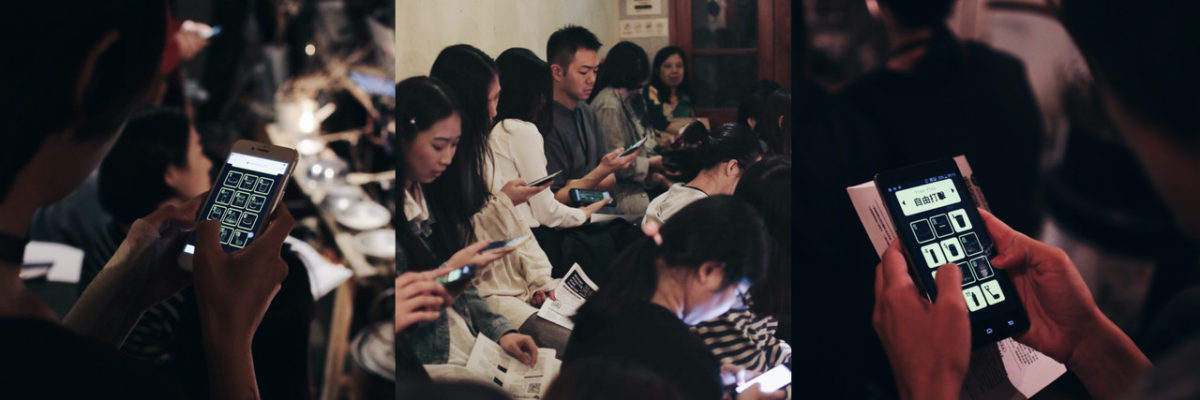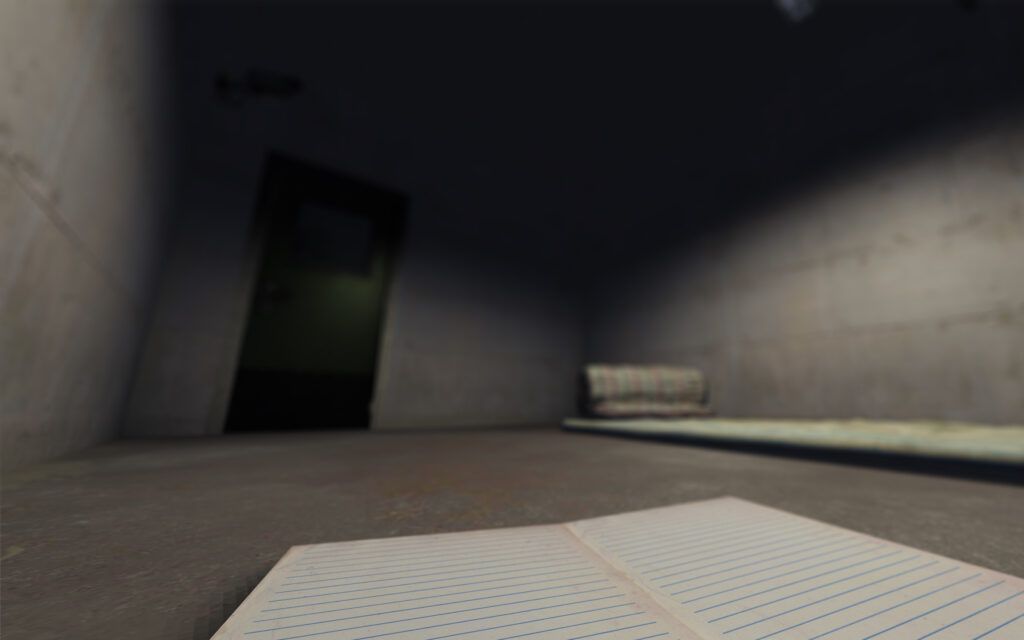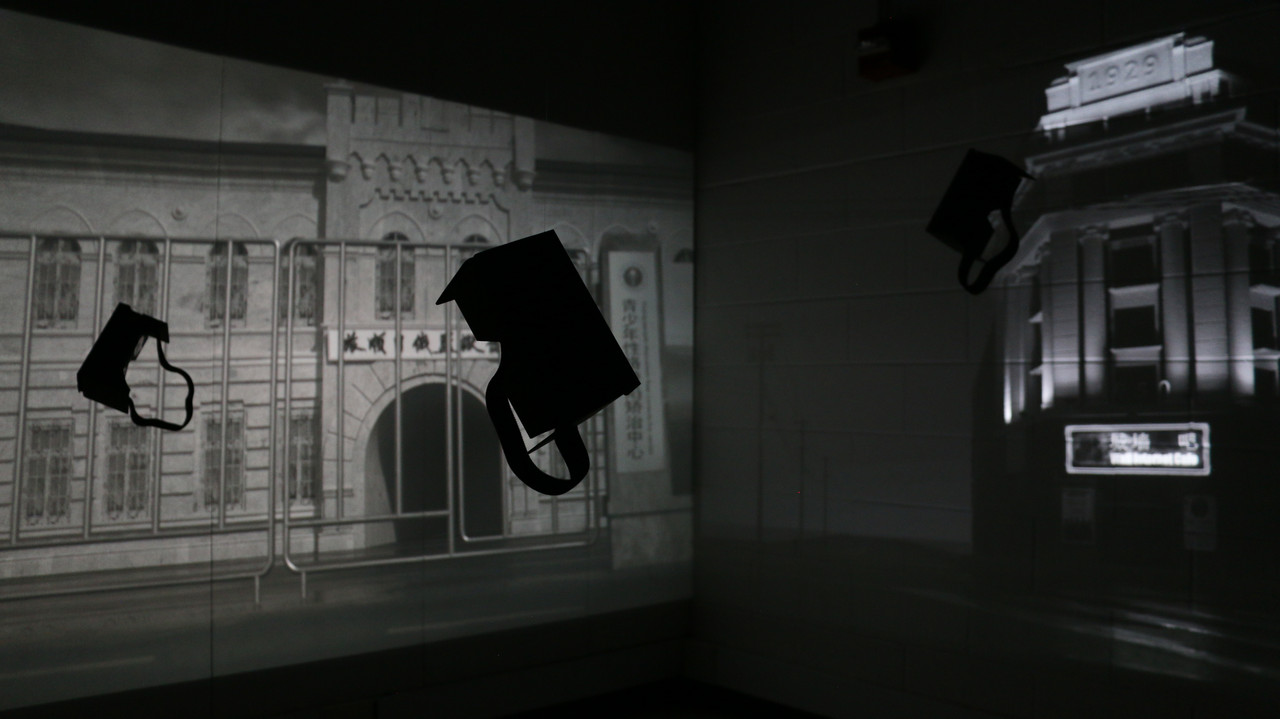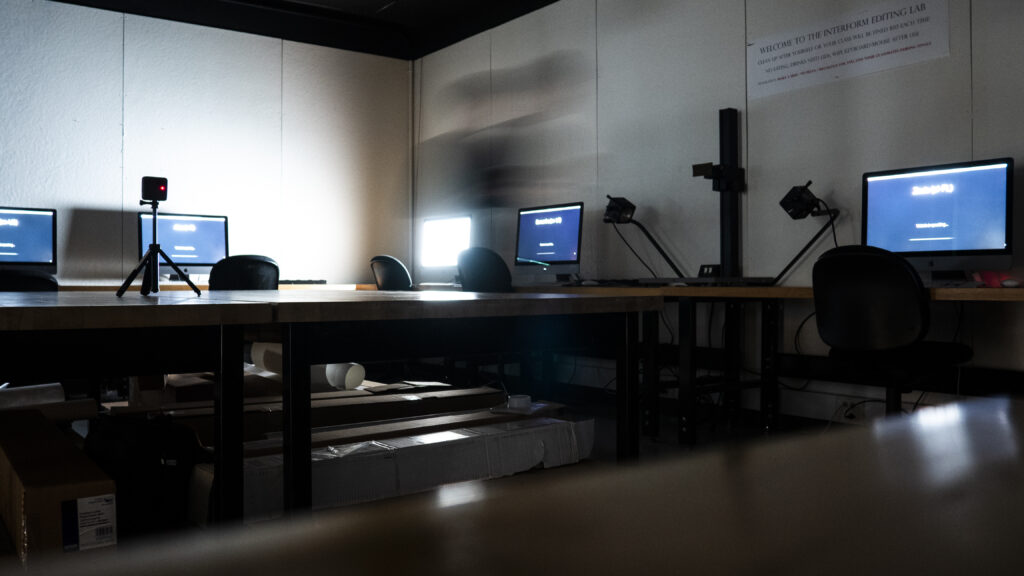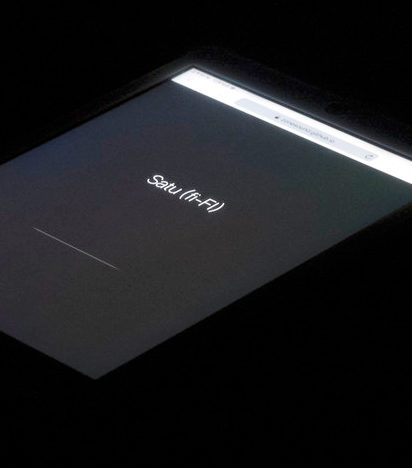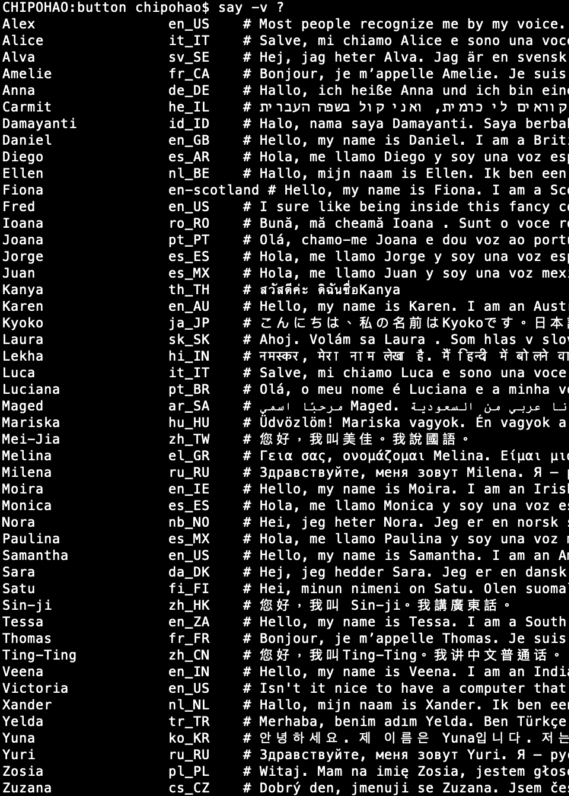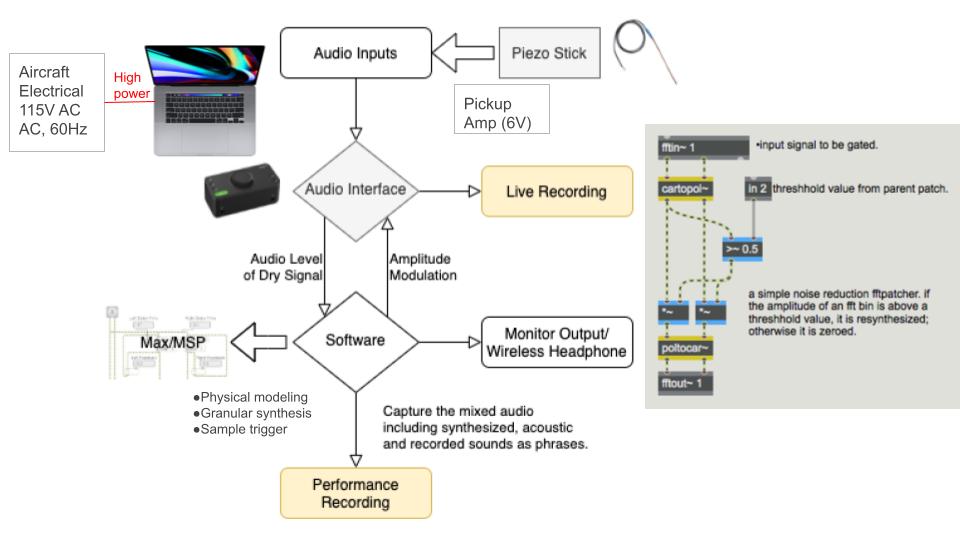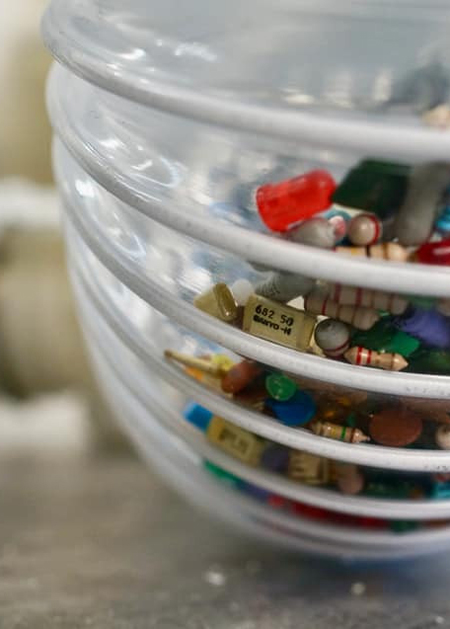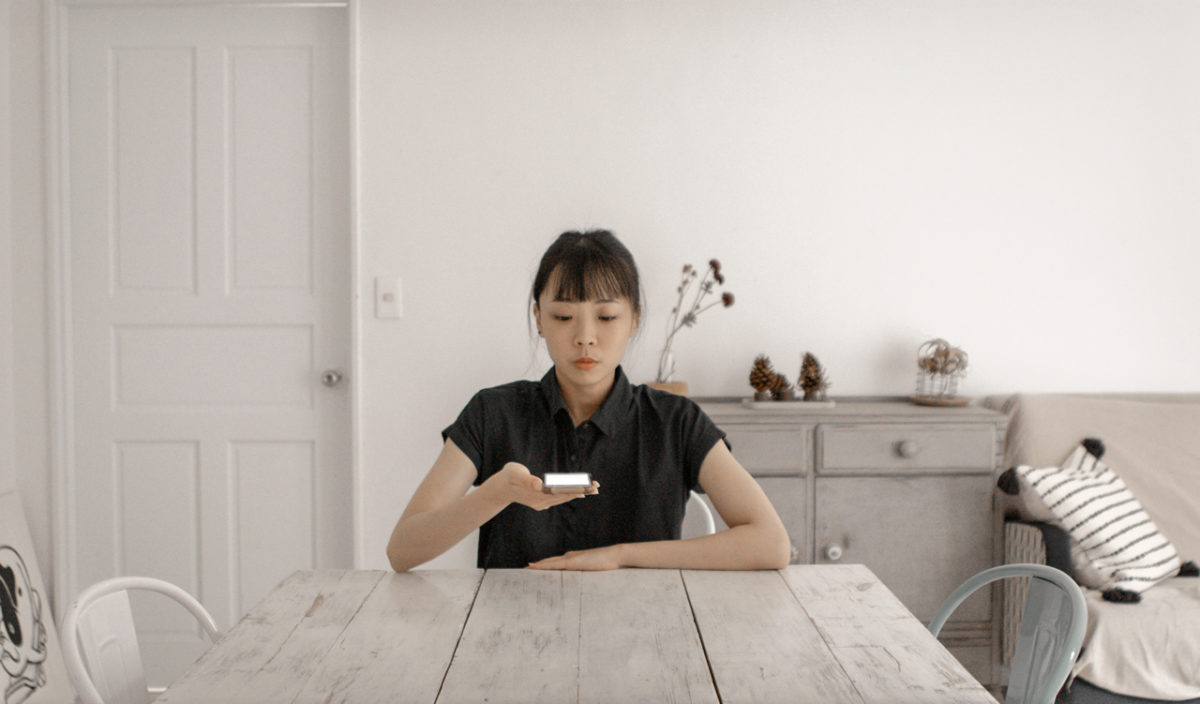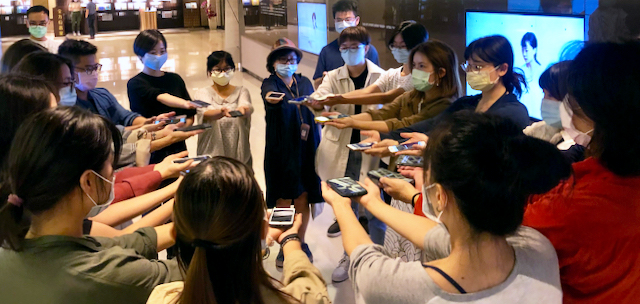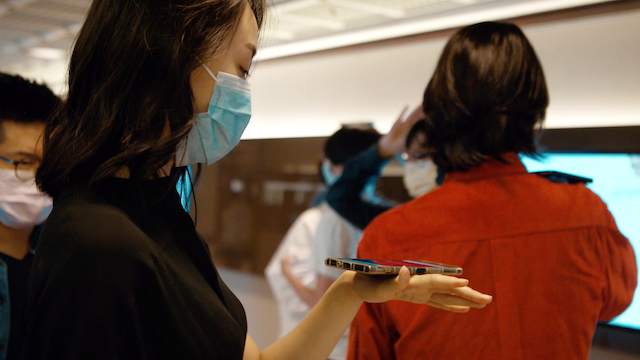← 2021 Schnitzer Prize in the Visual Arts
Po-Hao Chi
First Place, 2021 Harold and Arlene Schnitzer Prize in the Visual Arts
More about the artist
Performative Aramono
Interactive installation presented in 2020 at Chung Hsing Cultural and Creative Park, Taiwan, in collaboration with Earthing Way. Interactive design by Zone Sound Creative.
Performative Aramono is a participatory installation that integrates historical origins and creative technologies. An acoustic environment that invites viewers to join and play with others, the project utilizes the sound of daily essential objects to explore sonic memories.
Created in cooperation with Earthing Way, a business dedicated to promoting Taiwanese daily essentials in Tau-Tiu-Tiann, the notion of Aramono—the original state of objects without decoration and polishing—is extended. The exhibition investigates sensory experience, memories, and aural events in everyday life. It explores the possibilities of houseware objects in the context of visual culture, to extend the viewer’s imagination.
After scanning a QR code, participants use an interactive webpage to communicate with the installation through their personal mobile devices, triggering audible and visible feedback. By transferring everyday essentials into a musical interface, participants and objects co-create a resonant sound field by means of the signal. This interactive system symbolizes the combination of different groups and also the convergence of group memory, which hopes to bring a unique experience to everyone with daily essentials and their resonances.
Virtual Confinement
Participatory WebVR Experiment, 2020. Cardboard headset, projections. Co-produced by Mengtai Zhang and Po-Hao Chi, with interactive programming by Lo Jo-Yu. This project was supported by Transmedia Storytelling Initiative at MIT.
Virtual Confinement is a project derived from the history of Internet addiction treatments in China since the 2000s. It portrays people who found themselves locked in a single room without an exit. The WebVR environment is set-up to recreate Tao Ran’s adaptation of Morita therapy in the Internet addiction camp, which routinely forced “Internet addicts” to stay alone and write in a diary to correct their minds and behaviors.
VR cardboard headsets provide the audience means to interact with the installation and each other via collective writings on a shared diary.
In this project, “addiction” becomes a metaphor of connectivity, which implies the phenomenon of pathologizing Internet relationships, representing a “trouble” set up by ourselves. It is an experience of solitude on the Web without Internet browsing, as a response to Sherry Turkle’s words: “We’re getting used to a new way of being alone together.”
RECITER(s)
Installation with mobile devices, Webpage, Internet, HTML, Javascript, customized software; exhibited in MIT Wiesner Building, 2019.
RECITER(s) imagines a machine version of recitation practice. It is a system consisting of mobile devices, voice assistants, and a Web application. Generating and reconstructing sentences from Web-related texts, search trends, and netizen comments, the connected devices recite the resulting text with built-in voice assistants.
Viewers may enable their mobile devices to join the recitation practice by opening a webpage. Making connections between the functionality and performativity of networked entities provides clues to the promise, circumstances, successes and failures, and the adaptive capacity of the Internet.
In 2000, Cisco introduced a commercial series “Empowering the Internet Generation” with images of conventional transportation and multiracial students prancing around to ask the viewer: “Are you ready?” The advertisements imagined the Internet in the time before the dot-com bubble burst.
Today, users are offered numerous voice assistant accent options, intended to represent various races and citizenships. These synthetic voices were by-products of earlier expansions of Internet territory. They have become embedded in our lives and move from the new to the habitual at the edge of obsolescence. Our machines intend to become more like us, and vice versa. Meanwhile on the Web, analytic, creative, and commercial efforts focus exclusively on figuring out what will spread and who will spread it the fastest. But what do we miss in this constant push to the future?
Harmony in Precarity
Wearable musical device composed of plastic pipe, PVC, and electronics. Musical interface, sonification program. 2021. Created in collaboration with Gu Mi Studio.
Harmony in Precarity is an augmented acoustic device that explores unfamiliar moments in microgravity. The rootless state in parabolas is a metaphor and generative method for “precarity,” which is defined as “depending on the will or pleasure of another” and comes from the Latin for prayer. Precarity is everywhere, it seems. Perhaps it is, as Anna Lowenhaupt Tsing writes, “the condition of our time.” It is also the defining feature of an entire class of people, the precariat. Po-Hao Chi regards the precarious spatiality in microgravity as an emerging form of sonic thought and imagination associated with space exploration.
The acoustic device functions both as a wearable medium that reacts to the operator’s body dynamic and as an autonomous device with weightlessness. It simulates a “rainstick,” an ancient musical instrument used by natives of South America to summon wind and rain and avoid drought. With multiple stick-piezo connected to extended springs inside plastic tubes as a contact microphone, the system captures piezoelectric signals when particles hit and transmits vibrations and collisions of fragmented debris inside the device to a customized sonification program during weightless periods.
Hertzian Playground
Mobile device, webpage, WebAudio, instructions, videos, 2020. Commissioned by Taiwan National Theater and Concert Hall.
“Hertzian space” is a term used to describe a holistic view of the electronic device and its cultural interactions, a residence where humans and electronic machines coexist. Hertzian Playground imagines everyday technologies embedded in our lives, such as smartphones and the Internet, as a musical interface driven by body dynamics. It turns daily usages of technology into performative gestures that prompt the resonance and exchange between people and devices, sound and body, exploring the agencies and collaborative capacities between humans and artifacts.
Artist|Po-Hao Chi
Project Coordinator|Ya-Tien Shih
Programmer|Jo-Yu Lo
Choreographer|Kuan-Jou Chou
Director|Pei-Yu Chiang
Organizer|NTCH(LOGO)
Co-Organizer|ZONESOUND Creative, RTTA Film
About the Artist
Po-Hao Chi is an interdisciplinary practitioner from Taiwan working across music, technology, and art. His practice stems from a fascination with boundaries and guidelines and associating diversities from observations in daily life.
Chi’s recent research is about agencies and collaborative capacities between humans and artifacts with evolving connectivity. His studio, Zone Sound Creative, is a cultural agent that bridges people and encourages dialogues across disciplines. Ongoing projects include 3000 Years Among Microbes and Plastic Soup, created in collaboration with artists/researchers from the MIT community and supported with a grant from the Taiwan Ministry of Culture for techno-art and international networking development.
Po-Hao Chi is currently a graduate student in the Program in Art, Culture and Technology at MIT. He holds a Masters in music from Goldsmiths College, and a B.A. in economics from National Taiwan University. Previously, he worked as a musician/songwriter in the music industry.


